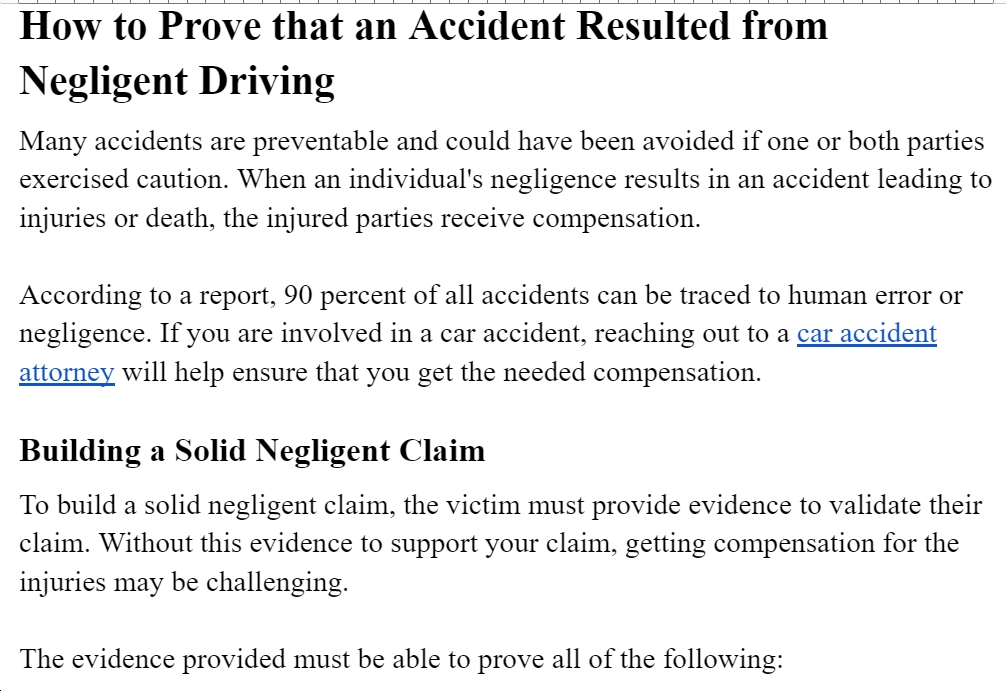According to the 2023 Bad Bot Report, 17% of attacks on APIs in 2022 were from bots and cyber frauds.
Have you ever wondered how you can use your Google ID to connect to Twitter, Instagram, and other platforms? How do they connect with each other?
It’s simple through APIs. Application Programming Interfaces (API) allow different software programs to communicate and share data with each other.
However, APIs are the main target of vicious actors, including bot attackers searching to exploit vulnerabilities. In this blog, we’ll discuss how to prevent bot attacks and cyber fraud on APIs for better business digitalization.
The Growing Threat in Software Applications
APIs have become the backbone of many applications and services, connecting various structures, databases, and third-party services.
As the use of APIs has surged, so has the interest of cybercriminals and fraudsters in exploiting them. Here are some of the reasons why cyber actors target APIs:
Gain Profit
Cybercriminals target APIs to benefit from unauthorized access to valuable data and financial records to perform fraudulent transactions for economic gain.
Automated Attacks
Bots are increasingly targeting APIs. They can mimic human behavior and perform massive-scale automated attacks on APIs through different fake identity applications.
Data Breaches
A compromised API can lead to massive data breaches, resulting in reputational harm and regulatory actions.
API Economy
As corporations expose information in their services through APIs, they emerge as a focus for attacks.
Strategies to Prevent Bot Attacks and Cyber Fraud on APIs
Authentication and Authorization
API Keys
Implement stable API key control to authenticate and authorize legitimate customers or programs. Rotate keys frequently to minimize the chances of compromise.
OAuth and JWT
Use OAuth or JSON Web Tokens (JWT) for more secure authentication and authorization tactics. These mechanisms provide exceptional managed control over permissions.
Multi-Factor Authentication (MFA)
Encourage or mandate using MFA for getting access to APIs to provide multiple layers of security.
Rate Limiting and Throttling
Rate Limiting
Implement rate limiting to restrict the wide variety of API requests a client could make within a specific time duration. This prevents abuse via bots or malicious customers.
Dynamic Rate Limiting
Consider dynamic rate limiting in APIs that adjust based on user behavior and traffic kinds.
Bot Detection and Mitigation
Bot Detection Tools
Employ bot detection solutions to identify and block malicious bots in real time. These tools frequently use behavioral evaluation and system learning to distinguish between bots and real users.
Challenge-Response Tests
Do you know why you receive challenges like identifying a car or object in pictures? Or receive a checkbox to identify you as a human?
That’s because developers implement CAPTCHA or reCAPTCHA challenges to distinguish between human beings and bots. However, using them can also frustrate legitimate users.
API Security Standards
API Gateways
Use API gateways that offer protection functions like request validation, input sanitization, and payload inspection.
API Security Standards
Adhere to API safety standards such as OWASP API Security Top Ten to mitigate common vulnerabilities.
Logging and Monitoring
Comprehensive Logging
Maintain certain logs of API requests and responses for auditing and evaluation functions.
Real-time Monitoring
Implement real-time monitoring to discover uncommon or suspicious behavior, which may indicate an ongoing attack.
API Versioning
Version Control
Implement versioning on your APIs to permit updates without losing present integrations. Old versions should be discarded to save you from vulnerabilities.
Regular Security Assessments
Penetration Testing
Conduct everyday penetration testing and safety checks to identify vulnerabilities in your APIs.
Vulnerability Scanning
Utilize computerized vulnerability scanning equipment to discover potential weaknesses in your API infrastructure.
Secure Data Transmission
Encryption
Ensure that data transmitted through your APIs are encrypted using protocols like HTTPS to shield it from eavesdropping.
Secure Your Identification
For a safe delivery of data transmission, securing your identification is essential.
You can hide your IP address through several platforms, which is the easy access route to APIs.
If you don’t know your IP address, search What is my IP address?
And you’ll see how easily websites can access your IP.
Education and Training
Security Awareness
Educate your development and operations teams about API protection exceptional practices and the dangers related to bot attacks and cyber fraud.
Incident Response Training
Prepare your team with incident response training, which is an excellent way to effectively reply to safety incidents.
Legal and Compliance
Compliance
Ensure that your API practices align with industry-based guidelines and data protection legal guidelines, including GDPR and HIPAA.
Legal Agreements
Establish criminal agreements with third-party developers or users of your APIs, outlining security responsibilities and liabilities.
Protecting APIs in Different Departments
Let’s discover how these strategies can be implemented in real scenarios:
Financial Services API Security
In the financial zone, in which APIs are used for transactions and account control, strong authentication methods like biometric authentication or hardware tokens are typically employed.
Rate limiting is enforced to restrict fraudsters access after making a couple of login tries.
E-commerce API Security
E-commerce platforms make use of CAPTCHA challenges during the checkout procedure to verify that an actual consumer is trading.
Real-time tracking is vital to discover and block computerized scrapers looking to steal product data or payment systems.
Healthcare API Security
In healthcare, strict adherence to regulatory compliance is essential, making information encryption and stable transmission a top priority.
Regular safety checks and vulnerability scanning help identify and remediate weaknesses in patient information handling.
API Security: A Habit Worth Forming
Securing APIs against bot attacks and cyber fraud is an important concern in interconnected virtual infrastructures.
Organizations must proactively implement strong security measures, including authentication, rate limiting, bot detection, and compliance with enterprise standards.
As cyber threats are evolving, staying updated with API protection practices is critical to safeguarding your sensitive data and ensuring the integrity of your digital experience.



